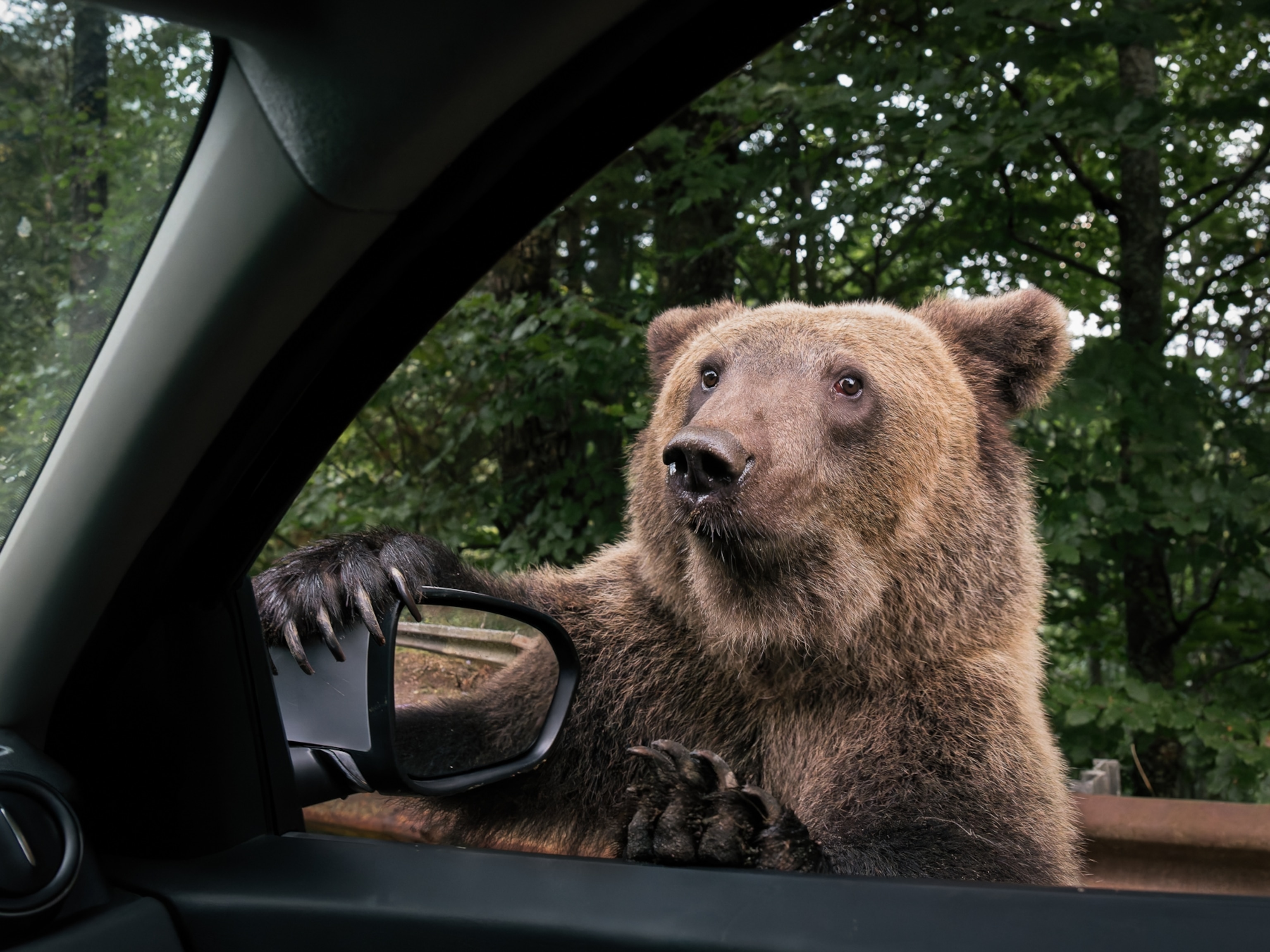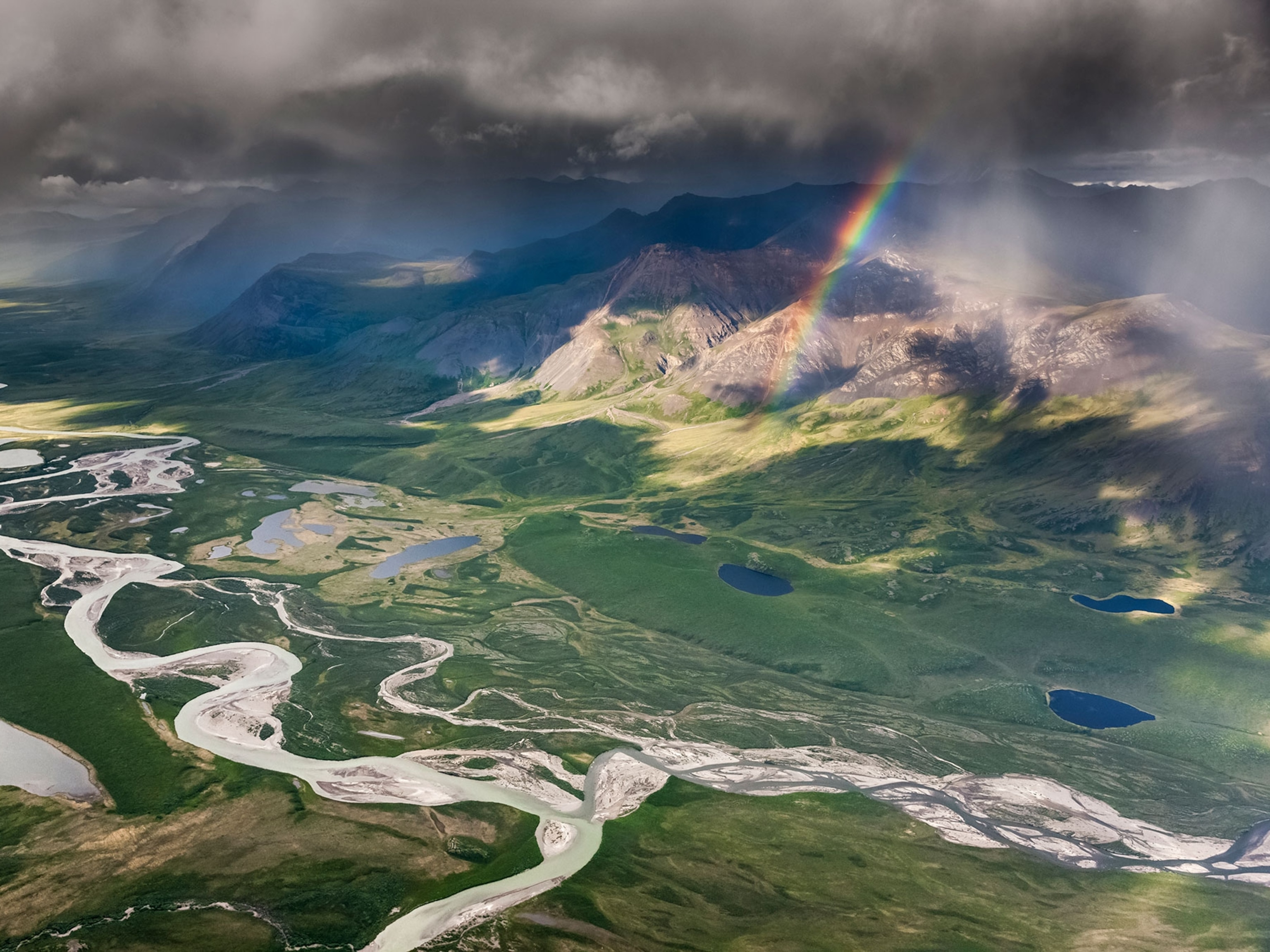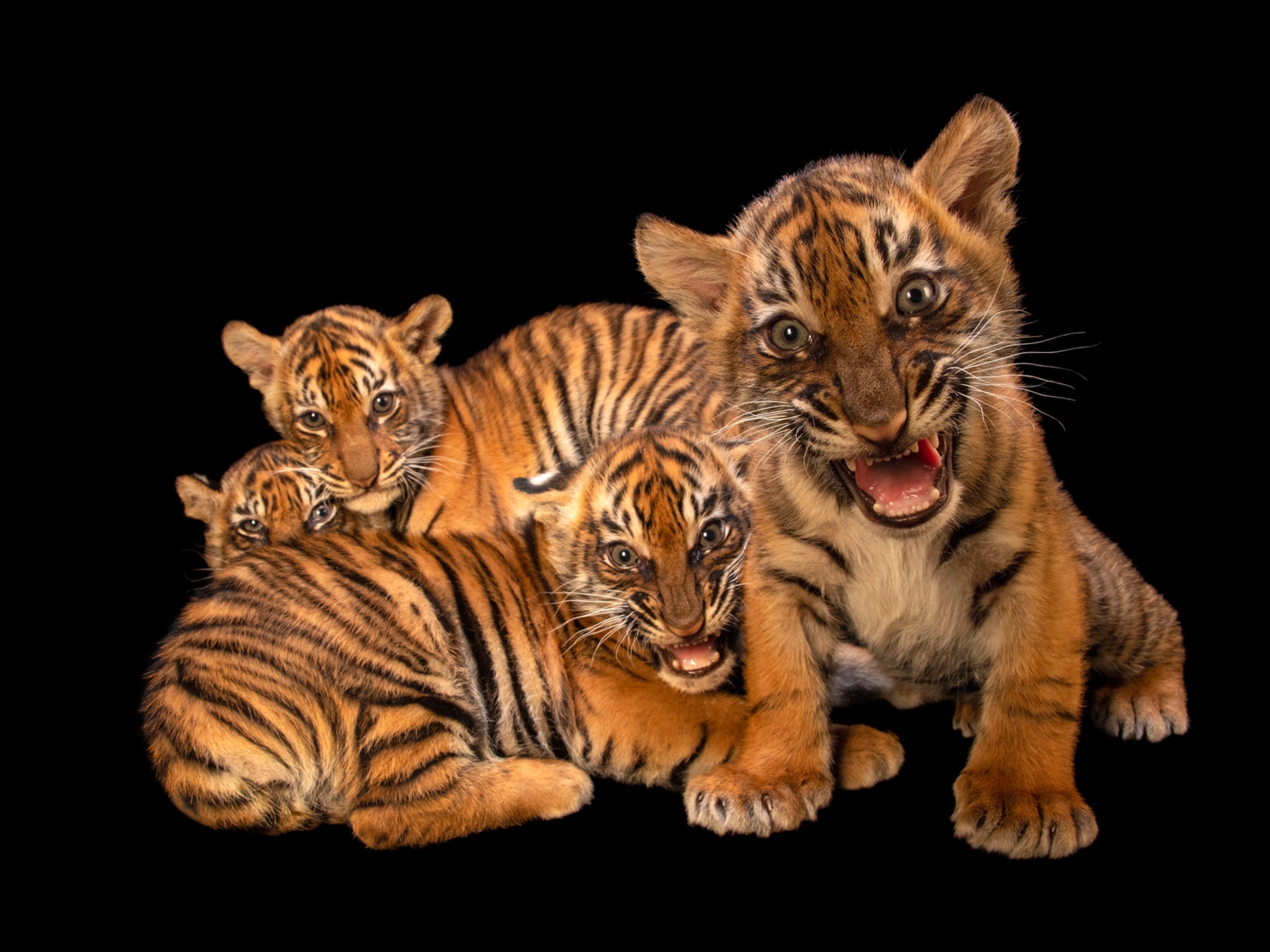
Meet the People Who Live Inside This Eden-Like Park
Photographer Charlie Hamilton James shares a glimpse inside Manú National Park—home to undiscovered species and uncontacted people groups.
To reach Manú, Peru’s gloriously diverse but “highly inaccessible” national park, you’ll have to forget planes, trains, and automobiles and try pushing a boat up an Amazonian river. That’s how photographer Charlie Hamilton James reached the remote communities he documented while working on a National Geographic assignment there. “It was the stuff you get excited about when you’re a kid,” Hamilton James says, “but the reality of it is that it’s a real pain.”
Manú might be hard to get to, but its remoteness is part of the reason it’s remained so pristine. (The park is also a biosphere reserve and a World Heritage site.) "Although lots of places claim to be the most biodiverse on Earth, Manú is officially the most biodiverse place on Earth," he says. At more than 6,500 square miles, it’s home to the Matsigenka tribe and other still uncontacted groups—highly unique for a national park—and, according to Hamilton James, countless undiscovered species.

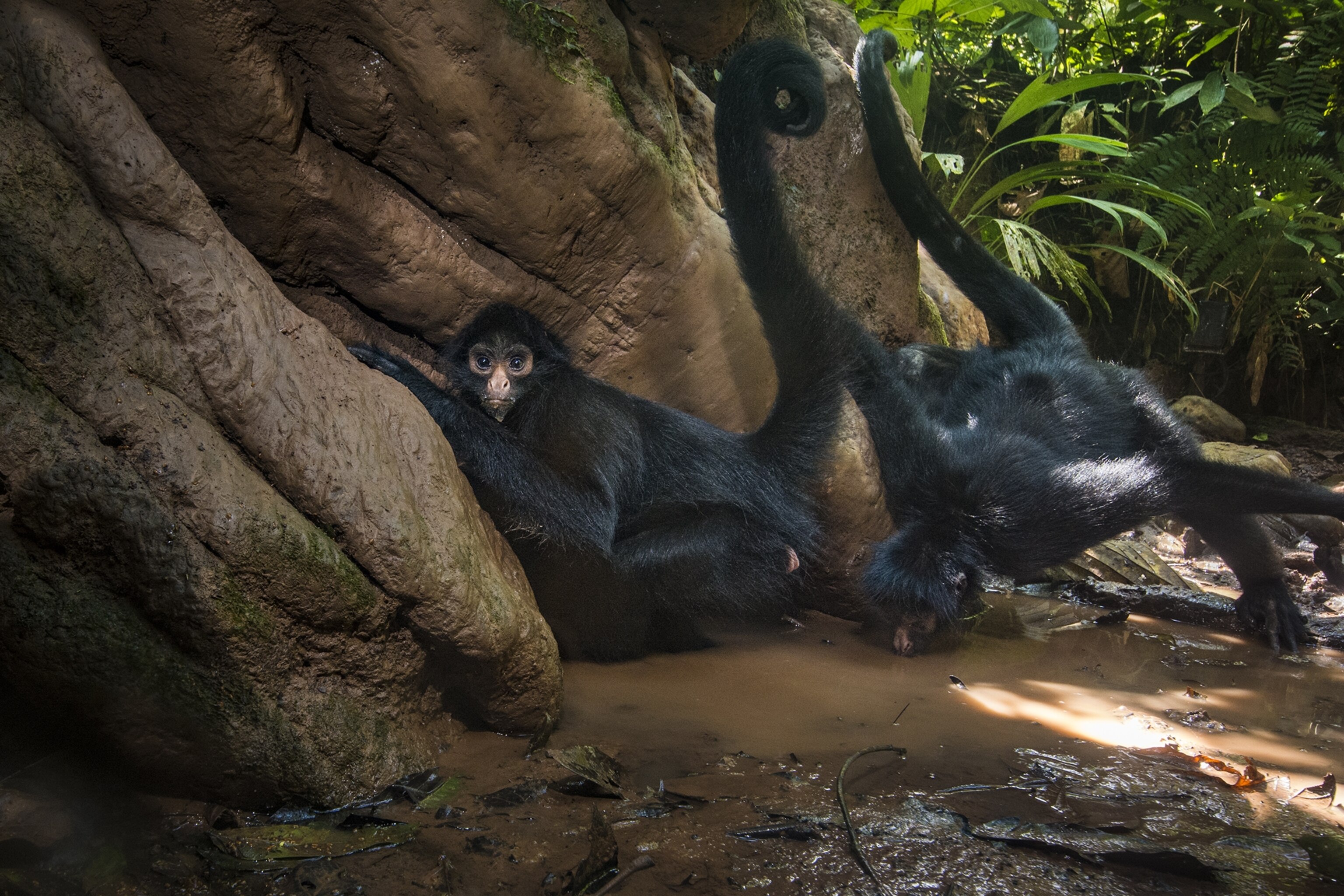
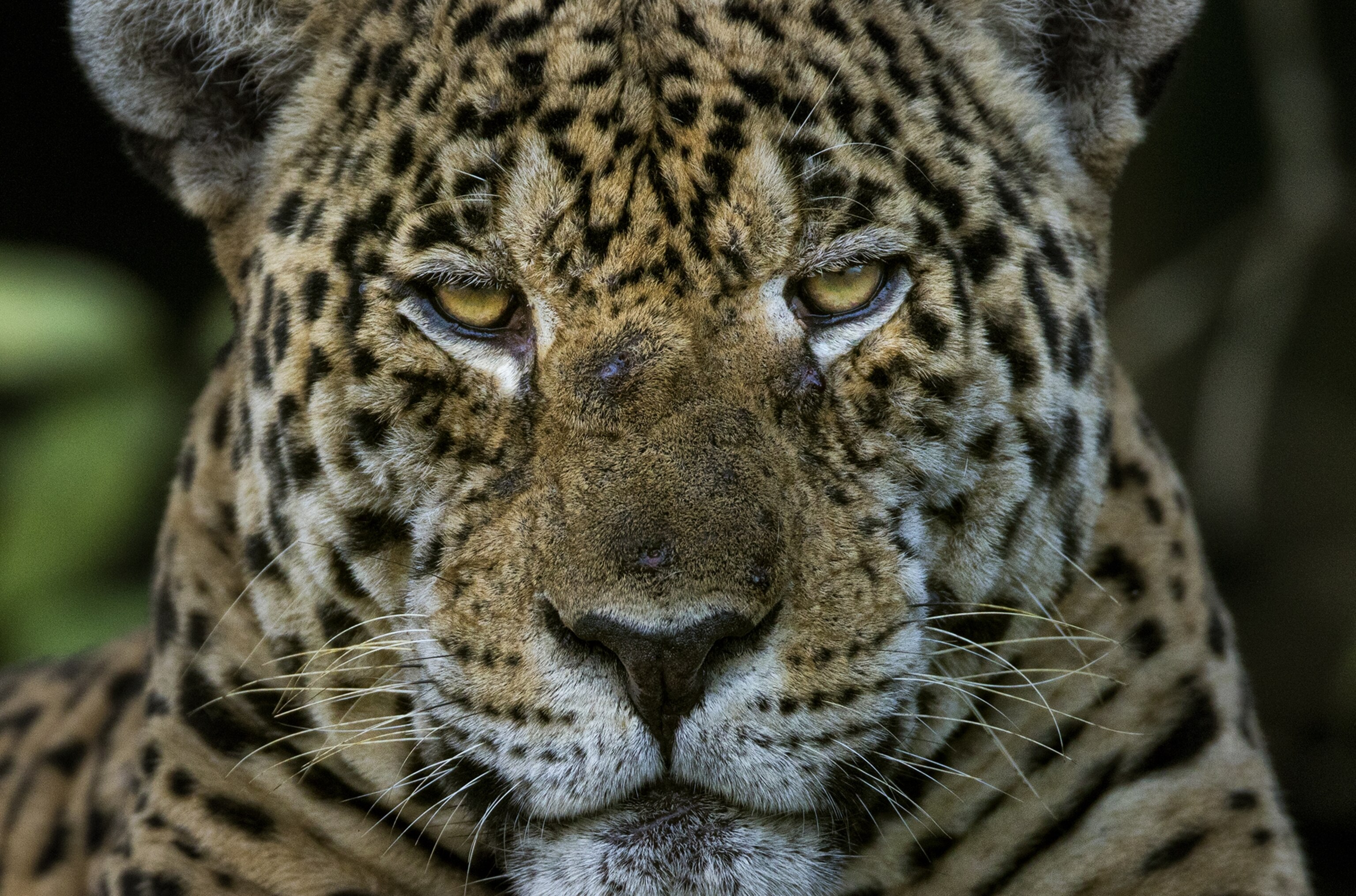
In Manú’s case, the indigenous people weren’t pushed out of the park as they so often are, but continue to live inside. Because of this, a lot of the park is restricted. Encountering uncontacted people is dangerous, because they could end up “firing arrows at the people coming into the park,” Hamilton James explains, “but I suppose more of a threat is us giving them diseases.”

As threats of logging increase and the population of inhabitants who live off of Manú’s resources grows, questions have arisen about the park’s continued existence as an ecological haven.
That’s why Hamilton James, who might prefer not to push any more boats up the Amazon, keeps going back. “It's cliché to say, [but] I want people to see this extraordinary diversity so that we don't carry on destroying it.”
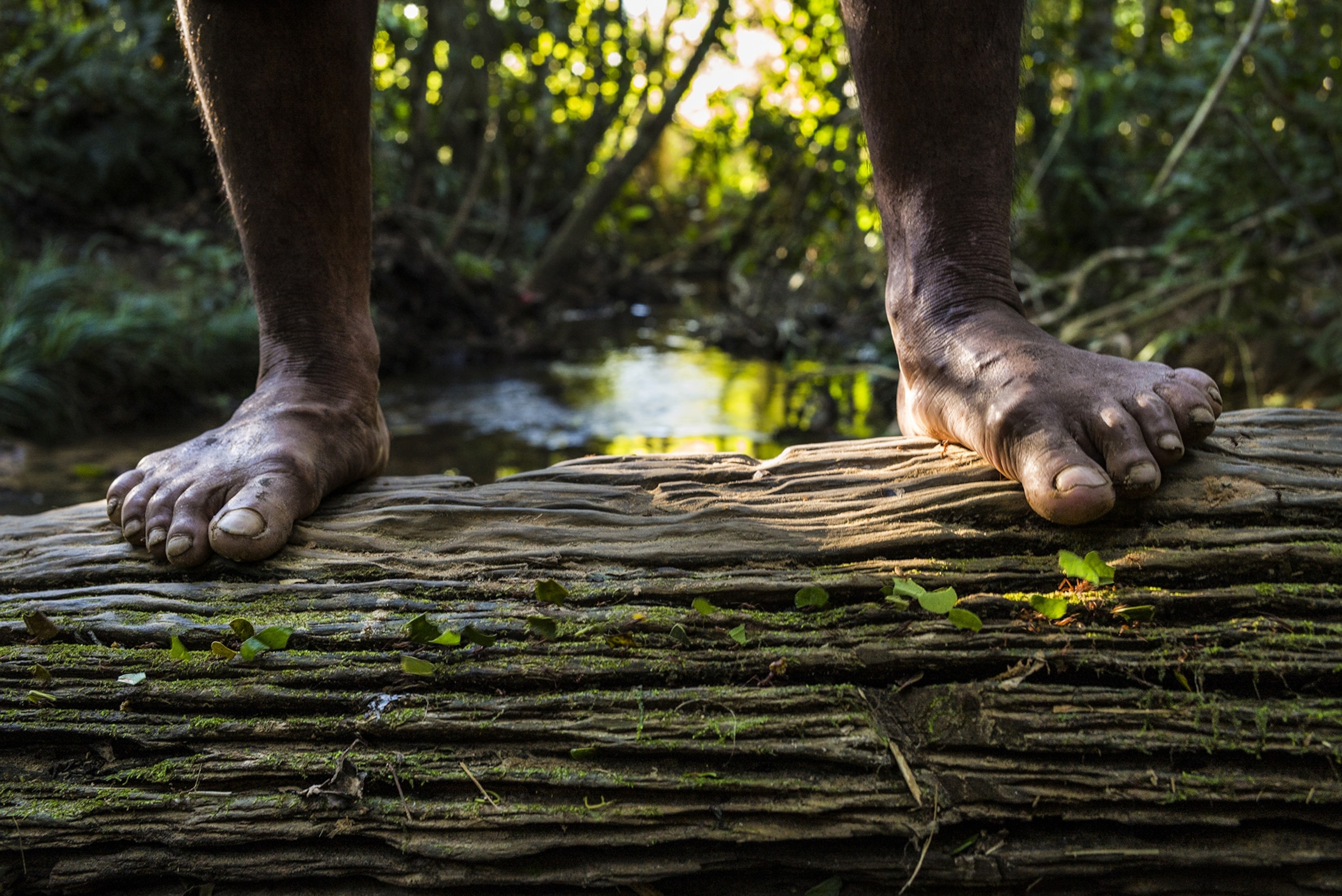
See more of our coverage of Manú National Park in this month's issue of National Geographic magazine.
Charlie Hamilton James is a photographer and conservationist from the U.K. who’s currently living in Wyoming. Follow him on Instagram and Twitter.
Becky Harlan is an associate producer for National Geographic. Follow her on Instagram and Twitter.


